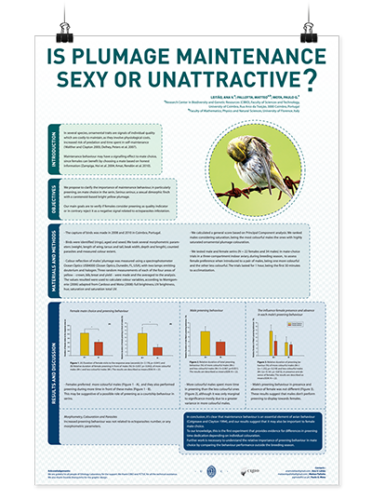 Senior students are required to submit and present an A1 size Conference Poster for judging. The intention is to foster a collegial learning and sharing environment whilst having some fun.
Senior students are required to submit and present an A1 size Conference Poster for judging. The intention is to foster a collegial learning and sharing environment whilst having some fun.
The changes have taken both NCEA and Cambridge Educational systems into account. Our expectation is that students completing the 2.1 3.1 units for NCEA will still be able to use that work to enter the Fair. We also believe that a number of other NCEA units for Science, Technology and Sustainability could also contribute to projects for the Fair, depending on the chosen topic.
Student Requirements
- Design and print an A1 sized Conference Poster and bring it to the Fair on the day.
- Present the Conference Poster to the Judges. This replaces the previous power point presentation process.
Conference Posters
A scientific paper as a Conference Poster (Poster Presentation) is how the majority of cutting-edge science research is shared between researchers at conferences throughout the world. They have the choice between giving an oral presentation (power point display, standing at the front of an audience talking aloud) or a poster presentation. There are usually only a dozen slots for the first and hundreds for the second, depending on the size of your conference. Most of the speaking slots go to the famous older scientists, so students and early-career researchers get very good, very quickly at their Conference Poster skills. And to add a sweetener – there are always Conference Poster prizes.
A Conference Poster is a visual representation of your paper, dissertation or thesis. These three things are basically all just a story about your research, written with lots of big words and important data from your experiments. Like a school science report on steroids.
Presenting Your Poster
At a scientific conference you usually get given a time slot in which you must stand with your poster and present it to anyone interested in hearing about your work. So this means that, firstly – your poster has to grab the attention of people wandering past, and secondly – that you have an engaging speech written to ‘present’ your work to people when they come up to you and ask about your project.
When you talk to your poster (do your little speech) you need to get across why you did the work, how you did it, what you found – and what this means in a wider context. Cool – you found out worms poop blue by keeping a worm farm – what does this mean for everyone else?! You want to make the person remember you, have confidence in your research skills and to remember your results.
More about Judges interviews…
 Design Tutorial Links
Design Tutorial Links
The links below for poster design tutorials. The tutorials contain a lot of information and they are aimed at university students doing research, but we think they will helpful to students and teachers if you view them then pick out appropriate bits to use and apply at a Year 12-13 level.
- http://hsp.berkeley.edu/sites/default/files/ScientificPosters.pdf
- http://guides.nyu.edu/posters
- http://colinpurrington.com/tips/poster-design
Additional Assistance and Poster Examples
The committee is delighted to announce that both teachers and senior students will have access to learning support with Dr Sarah Morgan. Dr Morgan is a Science Writer and Designer. She is very skilled and experienced presenting science in a community context and will be an excellent resource for the students.
Search Google to find millions of other examples of science posters…